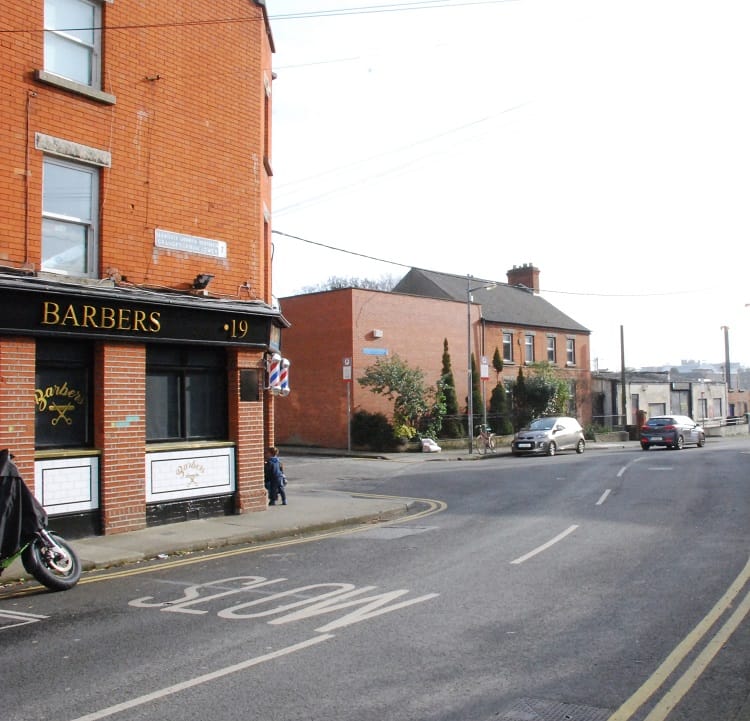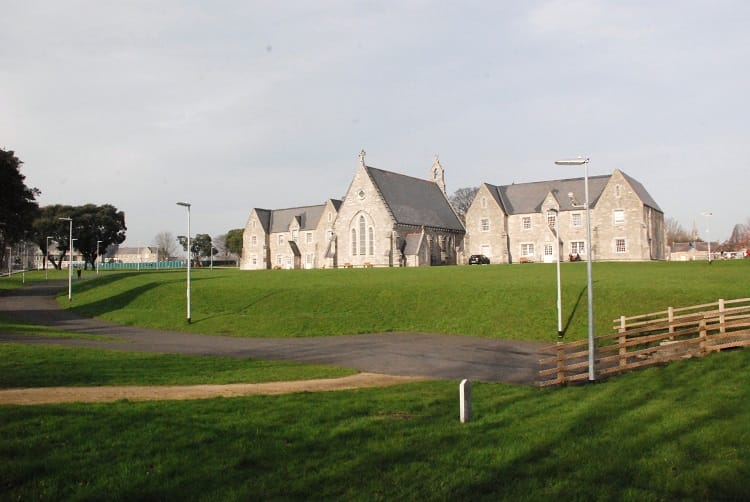Things To Do: Do a panto, lecture the kids on igloo building, view the Netherlands as a metaphor for life
Our latest recommendations, and community noticeboard listings.
For some, it’s always had a separate feel to Smithfield and Stoneybatter. For others, it’s only recently become neighbourhoody enough.

Grangegorman, long a broken borough, is on the cusp of independence.
In early March, Chris Darby of The Barbers pub on Grangegorman Lower is planning to announce its secession from Stoneybatter.
Sure, it’s good marketing for Darby, but it’s also a lesson in the hazy geography of Dublin’s neighbourhood boundaries.
“Nobody seem to knows where Grangegorman is,” says Darby. “In five years’ time, everyone will know where Grangegorman is.”
For now, there’s still confusion over whether it’s a solitary street, a Stoneybatter offshoot, or Smithfield’s little sister.

Next door to The Barbers, Rob Horan locks the front door of his flat. He’s been living in Grangegorman for the last 10 months.
As of yet, he’s unsure exactly which area to call home. “It’s a weird one. I used to only know it from the Grangegorman squat,” he says. “That’s where I would’ve first heard of Grangegorman.”
Often, for pizza deliveries and taxis home, he’ll say it’s Stoneybatter. Sometimes he’ll call Grangegorman home.
“If I’m talking to mates and stuff, yeah,” says Horan. “I honestly didn’t know it existed though before [I moved].”
Because the area is only one relatively small parcel of the north inner city, Horan says it’s easy to see how’s it’s been overlooked.
“It’s technically not Stoneybatter. It’s technically not Smithfield,” he says, departing Fitzwilliam Place.
Grangegorman Lower and Upper, the same long road stretching from Smithfield to the North Circular Road, is the area’s main artery. Recent times have altered the landscape.
Jodie Ronan lives near what was once St Brendan’s Hospital. She knows where home is. “Grangegorman,” she says, emphatically. “I live at the top of the road.”
“That,” she says, pointing towards Grangegorman Upper, “wouldn’t be Stoneybatter. Stoneybatter’s over the other side completely.”
Ronan maintains there is a very local, but nonetheless very real division.
“Stoneybatter people don’t know [Grangegorman],” she says. “They know Manor Street and they know Grangegorman Road.”
That’s understandable, says Ronan. Post arrives addressed to both the Jodie Ronan who lives in Stoneybatter and the one who lives in Grangegorman.
She’s unsure where this split came from. It was always been Grangegorman to her.
“Always,” she says. “My Granda, he’s dead now, he worked in Grangegorman. He worked in a pub down there, I can’t remember the name of it, and he always called it Grangegorman.”
Ronan sees the area as stretching up Grangegorman Lower and Upper until you reach the North Circular Road.
But “the hospital” – the now defunct St Brendan’s – was always the area’s monument.

With the advent of redevelopment, primarily in the form of the nearby DIT campus, Grangegorman has been undergoing a seismic shift.
There’s the much-talked about “studentification” of the area, with its two developments of purpose-built student housing, near the DIT campus, and four more housing schemes being considered.
There were the dozens of squatters who nestled down in a large abandoned premises off Brunswick Street North between 2013 and 2015. And those who replaced them, after they were moved on.
Darby says it’s an area on the rise. “Everybody knows where Stoneybatter is,” he says. “We’d like to highlight where Grangegorman is.”
Green Party Councillor Ciarán Cuffe reckons there’s no doubt a Grangegorman Independence Day would bring good business in for The Barbers.
But there is something to be said for the growing sense of place there. “I think for a long time it was invisible in many people’s understanding of Dublin or in their mental map of Dublin,” says Cuffe.
“You could argue that Grangegorman is developing an identity that is separate from Stoneybatter and Smithfield,” he said.
A large part of that identity hinges on the new DIT campus, says Cuffe, who also teaches at DIT.
“There’s a lot of nervousness amongst nearby residents about what Grangegorman will hold for them,” he says. “That would include the residents of Fingal Place or Grangegorman Lower or indeed Rathdown Road.”
“But the big picture is that, after decades of vacancy and underuse, a third-level institute is moving into the area,” says Cuffe. “And that has the potential to be a really positive force. In fact, I think it already is a positive force.”
Back on Grangegorman Lower, Jodie Ronan has hurried off.
John Young, an elderly man, pauses with his shopping in hand.
Young makes no mistake about whether he’s living between areas or not. “It’s an area. Much maligned,” he says.